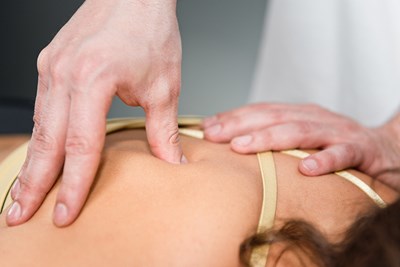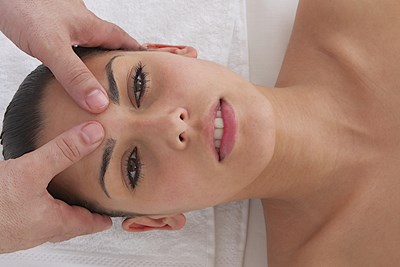Trigger points are uncomfortable, tight spots in the fascia that pull on the muscle. Brought on by straining and overuse, developing multiple trigger points is often the first step to the development of myofascial pain syndrome. Trigger point therapy has erupted as one of the few means of being really effective at managing the issue. Since there are multiple forms of trigger point therapy, it is important to choose the best option for you. In order to do that, you must understand the difference in two of the more common options: GRID and roller.
What is Trigger Point Therapy?
Trigger point therapy is essentially physical therapy designed exclusively for dealing with trigger points. There are a variety of different types of trigger point therapy, including spray and stretch, a means of using a vapor coolant to trick the muscles into not noticing the pain as they stretch because of the external coolness from the spray; the muscle is stretched, releasing the trigger point. Another method is using a foam roller to work the area and help get rid of trigger points while healing the muscle.
The goal of trigger point therapy is to determine exactly where the pain is coming from, because trigger points work in a curious fashion compared to other points of injury. Rather than hurting at the point where the strain or injury occurred, trigger points cause “referred pain.” Referred pain is localized to a muscle or group of muscles, which may not seem related to the placement of the trigger point. For example, you might form a trigger point in your shoulder, but experience muscle pain in your neck.
What is a Trigger Point Roller?
Trigger point foam rolling is a type of self-induced myofascial release. The rollers themselves are generally tubular foam devices; they may range in size from a child’s forearm to one the length of your abdomen and as big around as your calf. You can use them in a variety of ways, but essentially the goal is to use them to massage the knot creating the trigger point out of your myofascial structure. This allows blood to circulate better, thus improving movement. You can use these regularly several times a week to not only help get rid of trigger points but help prevent trigger points from forming.
What is a Trigger Point GRID?
GRID is a specific type of foam roller. It’s made to be a little sturdier and has a very specific surface that looks much like a 3D grid wrapped around your normal foam roller. Sizes vary, just as with a normal roller, but the GRID has a few extra features -- thanks to its grid. The surface isn’t the same density all around; this allows you to change how forcefully you’re working on your trigger points more easily. Additionally, the grid structure is intended to allow blood and oxygen to move through the muscles more easily, and the GRID manufacturer claims this increases muscle healing. In any case, it lets you personalize your GRID work more effectively. Although there are different GRID sizes, most of them are smaller than standard foam rollers, which makes them easier to carry around. For example, it would be easier to carry a GRID roller to the gym for a post-workout roll, as opposed to a foam roller that is 3 feet long. Additionally, its more robust make up allows for longer use, and more extensive use, as standard foam rollers aren’t always efficient at certain spots or particular exercises. GRIDs are, however, more expensive -- but just as with any other product, you get what you pay for.



